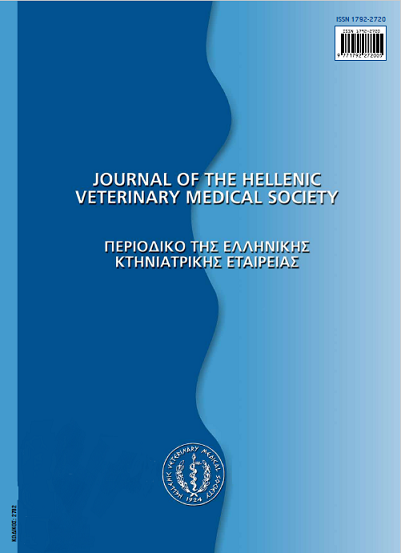Medical education. Modern methods and alternative methods to animal procedures

Abstract
The purpose of medical education, as well as of skills for medical doctors and veterinary doctors (continuing medical education and professional development), is to encourage decision-makers and healthcare professionals to ensure appropriate mechanisms for safe medical care. Medical education has been affected by several technological and financial developments. The rapidly evolving technology and knowledge challenged traditional educational concepts. Also alternative methods for training are in use in many centres worldwide (patient simulators, cadaver tissues, robotics, participation in daily surgery and other).
Article Details
- How to Cite
-
PAPALOIS (Α.Ε. ΠΑΠΑΛΟΗΣ) A. E. (2017). Medical education. Modern methods and alternative methods to animal procedures. Journal of the Hellenic Veterinary Medical Society, 60(3), 233–236. https://doi.org/10.12681/jhvms.14931
- Issue
- Vol. 60 No. 3 (2009)
- Section
- Special Article
Authors who publish with this journal agree to the following terms:
· Authors retain copyright and grant the journal right of first publication with the work simultaneously licensed under a Creative Commons Attribution Non-Commercial License that allows others to share the work with an acknowledgement of the work's authorship and initial publication in this journal.
· Authors are able to enter into separate, additional contractual arrangements for the non-exclusive distribution of the journal's published version of the work (e.g. post it to an institutional repository or publish it in a book), with an acknowledgement of its initial publication in this journal.
· Authors are permitted and encouraged to post their work online (preferably in institutional repositories or on their website) prior to and during the submission process, as it can lead to productive exchanges, as well as earlier and greater citation of published work.


